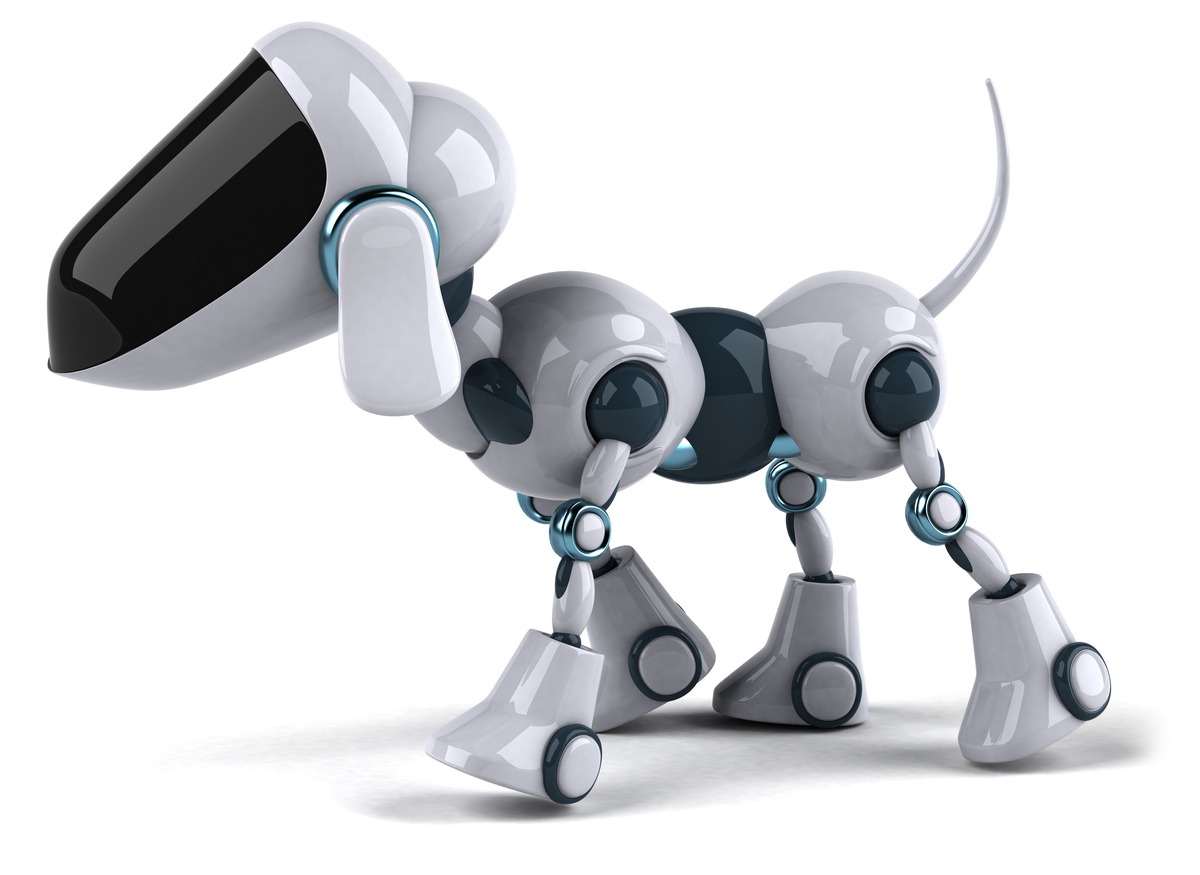One trend that has been on the increase in recent years is the adoption of pets and the development of spaces such as parks and dog walks for their recreation and coexistence with us humans. And for many people, once adopted, these pets become a member of the family and even receive more attention, affection, and care than other human beings!
However, the accelerated growth of cities is reaching a point where it is necessary to have a rethink the adoption of pets. Our population is increasing, and we will be reaching a point where it will not be possible to give pets a decent life or outdoor spaces that are as convenient as we have today. So the solution could be in the adoption of pet robots (also robot pets or robotic pets).
What is a robotic pet?
A pet robot or robotic pet is an artificially intelligent (AI) machine, which has the shape of an animal usually kept just like a regular pet. Presently, there are a variety of robotic pets, such as cats, dogs, and birds. In some cases, robotic pets may also include objects that are normally not considered as pets, such as Pleo, a simulation robotic dinosaur.
These robots often receive the same treatment as actual pets. In some cases, robot pets are being used to keep elderly people from depression and more active without all the challenges of a real pet. Examples of popular robot pets are Tekno, the Robotic Puppy; Paro, the cuddly seal robot; and AIBO (a new updated model is on the way) and a wide variety of cats, dogs and much more.
Affection and Feelings Towards a Machine
In a recent study published in Frontiers in Veterinary Science, an Australian researcher, Jean-Loup Rault suggests that robotics and virtual reality will be the mechanism that will replace the real pets in the future. As population growth and urbanization will not allow enough space and having a pet will be an unnecessary luxury.
It is certainly a bold statement, as it has been demonstrated in many studies that having a pet helps improve interaction and development of various social mechanisms, as well as improving mood. New studies are unraveling pets’ power to heal. It remains to be seen if robot pets can achieve the same status. In Japan, there are some robot pet owners who hold funerals for their robotic dogs because they believe these pets have a soul.
The idea behind
The concern, however, is in our future as a society. Since human beings are developing and getting accustomed to interacting with machines, the sense of responsibility and care for a living being may be lost.
The Journey So Far
Toy developers, technology companies and entrepreneurs are all racing to offer consumers a fun and realistic product that can interact with humans, imitate the real behavior of pet animals or even people. For example, Taiwan researchers are trying to create a new model for designing a robot vision module that might someday identify human facial expressions and respond to them appropriately.
Part of the problem is that robot design cycles take a lot of time while the life cycle of consumer products tends to be very short. Static and repetitive behavior in robot prototypes is no longer interesting or entertaining for the consumers. What was interesting and engaging is now kind of boring. Today the end users expect and want their pet robots to be more advanced and engaging like video games and of course real pets. The bar is set high by science fiction and dreaming of what is possible.
The researchers, Wei-Po Lee, Yang Tsung-Hsien and Bing-Chiang Jeng of National Sun Yat-sen University are working on neural networks in an attempt to break away from the monotonous behavior currently found in robot toys and give them emotional responses to various types of interactions. They commented on the current state of technology:
With current technologies in computing and electronics and knowledge of ethology (science that studies animal behavior), neuroscience and cognition, it is now possible to create prototypes of artificial toys acting in the physical world…
There are three main issues to consider in designing robots; the first is to build an adequate system of control, which can behave coherently. The second is the development of natural movements for the robot to interact with a person, and the third is to integrate emotional and behavioral responses into the robot…
Researchers hope to address all three issues by adopting a focus on behavior-based architecture using a neural network that could allow the owner of a robot pet to configure the device to “learn” or develop new behaviors while ensuring the proper functioning of the robot pet in real time.
The team and countless other research teams around the world are currently working on vision modules for robots. However, the technology is not yet fully advanced. Nevertheless, it is ultimately expected that they will be able to make a robot pet that could determine its owner’s facial expressions, and perhaps respond accordingly. Speech recognition, advanced robotic mechanical capabilities, learning, decision making and much more will eventually lead to pet robots that may seem extremely real.

